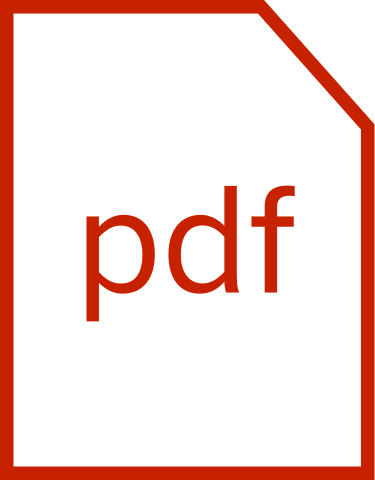Foam Rubber vs. Sponge Rubber: Elasto Proxy Announces E-Book That Explains Differences in Production Processes, Material Properties, and Applications
Boisbriand, Quebec, Canada (PRWEB) April 23, 2014 -- Elasto Proxy, a leading supplier of specialized industrial rubber products, is announcing a new technical guide about the differences between sponge and foam rubber. Compound Selection: Blended Materials and Distinctive Polymers is free to download and available in PDF format.
Technical buyers and seal designers can use this new technical resource to learn how foam rubber and sponge rubber are made, and when to choose each type of material for custom-fabricated parts. Elasto Proxy’s e-book also describes how blended materials such as silicone-EPDM rubbers are used.
How Foam Rubber is Made
Foam rubbers use a blowing agent, typically a gas or a chemical that produces a gas, to produce small bubbles in a liquid mixture. This mixture usually contains polyols, polyisocyanates, water, and chemicals or additives such as flame retardants, fillers, and colorants.
During polymerization, molecules from the polyols and polyisocyanates crosslink to form 3D structures. Foaming is controlled by adjusting the amount of water, or with surfactants. As Elasto Proxy’s e-book explains, specific types and combinations of liquid polymers are used to produce flexible or rigid foams.
How Sponge Rubber Is Made
There are two main types of sponge rubber: open-cell and closed-cell. Open-cell materials contain open, interconnected pockets that permit the passage of air, water, and other chemicals when the rubber is not compressed. Closed-cell sponge rubbers contain balloon-like cells that hold nitrogen gas, preventing the passage of these substances at low pressures.
Although nitrogen is a gas, it doesn’t produce a foam like the gaseous blowing agents used with foam rubber. Foaming is specific production process, and foam rubber contains mostly open cells. As the Compound Selection e-book explains, some cells in foam rubber are closed, but these rubber materials would not pass ASTM tests for water absorption, a standard requirement for closed cell materials.
About Elasto Proxy
Elasto Proxy designs and custom fabricates specialty seals, thermal and acoustic insulation, vibration dampening products and materials, EMI shielding, and other high-quality rubber and plastic parts. By listening to all of your requirements and analyzing all of your needs, Elasto Proxy’s solutions providers can recommend solutions that are right for your application.
Media Contact:
Megan Beaulieu
Executive Support
Elasto Proxy Inc.
4035 Lavoisier Street
Boisbriand, Quebec, Canada
J7H 1N1
mbeaulieu(at)elastoproxy(dot)com
For Immediate Release:
http://www.elastoproxy.com/
Ph: (450) 434-2744
Megan Beaulieu, Elasto Proxy, http://www.elastoproxy.com, (450) 434-2744 Ext: 139, [email protected]

Share this article